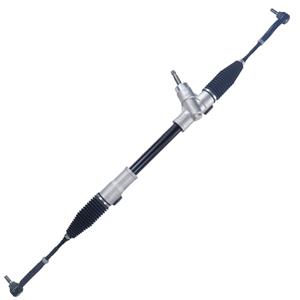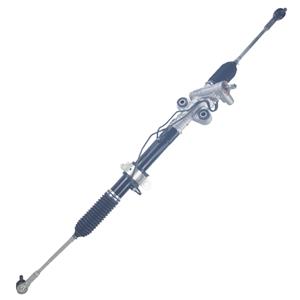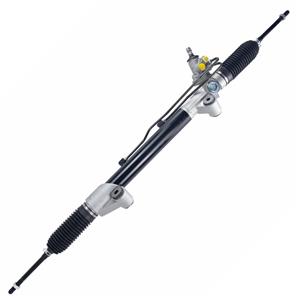-
Five signs that your hydraulic power steering rack needs to be topped up: 1. Heavy steering wheel 2. Unusual steering wheel noises 3. Steering becomes jerky 4. Hydraulic oil warning light illuminates 5. Check the hydraulic oil tank fluid level
-
If the hydraulic oil is not replaced or cleaned in time, it may cause wear, corrosion or blockage of components such as the steering pump and steering rack, which will affect the normal operation of the steering system. Therefore, regular replacement of hydraulic oil and cleaning of the hydraulic system have become necessary measures to ensure the efficient operation of the hydraulic power steering system.
-
If there is air in the system, the hydraulic oil cannot stably provide sufficient power support, resulting in heavy or slow response when steering, especially when steering at low speeds or parking, the owner will obviously feel the difficulty of steering.
-
If the engine cannot operate normally, the hydraulic pump cannot continue to work. When the hydraulic pump cannot provide sufficient hydraulic power, the performance of the hydraulic power steering system will be greatly reduced, resulting in insufficient steering power.
-
0807-2025
Is it normal for liquid to flow out of the dust cover of the hydraulic power steering rack?
The hydraulic oil should be kept in the pipes and steering rack inside the system, and should not flow out through the dust cover. If there is liquid outflow or accumulation in the dust cover, it usually means that there is a problem with the steering system, which may involve aging, damage or oil seal failure of the seal.
-
If the hydraulic oil is found to be contaminated or leaking, it may mean that the pump has also been damaged to a certain extent and needs to be inspected or replaced. Otherwise, continuing to use a bad pump will affect the long-term stability and performance of the steering system.
-
Unlike engines or gearboxes, hydraulic power steering racks do not need to be run-in by running at low speed for a long time. The meshing surface between the steering rack and the pinion is usually precisely processed during the production process, and the degree of fit is high.
-
Here are some common reasons that may cause power steering whining: 1. Air entering the hydraulic system 2. Aging or damaged power steering pump 3. Loose or worn belts 4. Clogged or damaged hydraulic lines 5. Fluid deterioration or contamination 6. Wear of internal components of the steering system
-
One of the biggest advantages of hydraulic power steering rack is improved handling performance. Traditional mechanical steering systems achieve steering by directly connecting the steering wheel and wheels, requiring the driver to apply greater force, especially at low speeds or parking.
-
In general, the impact of the failure of the electric power steering rack on the vehicle's controllability after the loss of power assistance is more direct and serious, and it is usually more dangerous. Therefore, car owners need to attach great importance to the maintenance and inspection of the electric power steering rack.




